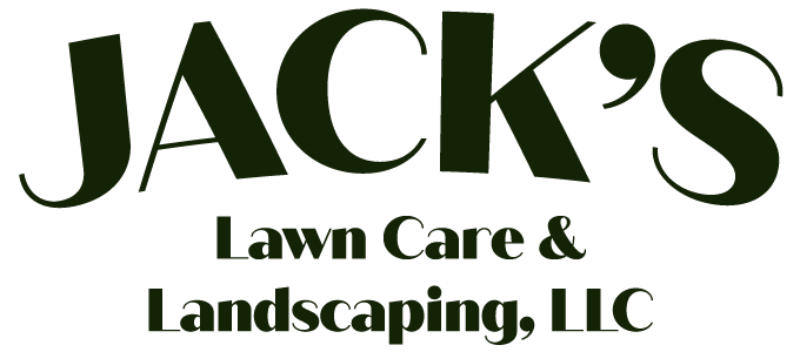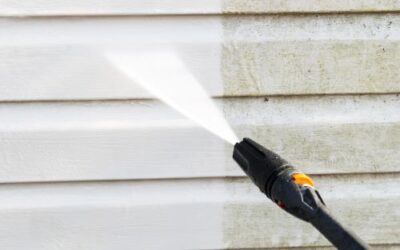In recent years, there has been a growing debate over the use of synthetic grass versus a live lawn. While there are certainly benefits to both options, it is important to weigh the pros and cons of each before making a decision. In this post, we will explore the advantages and drawbacks of synthetic grass over a live lawn.
Pros of Synthetic Grass
1. Low Maintenance
One of the biggest advantages of synthetic grass is that it requires very little maintenance. Unlike a live lawn, which needs to be mowed, watered, and fertilized regularly, synthetic grass stays green and lush without any effort on your part. This can be a huge time saver for busy homeowners who don’t have the time or energy to maintain a traditional lawn.
2. Durable
Synthetic grass is also incredibly durable and can withstand heavy foot traffic, extreme weather conditions, and even pet damage. This makes it an ideal choice for families with kids and pets who enjoy spending time outdoors.
3. Water Conservation
Another benefit of synthetic grass is that it doesn’t require any watering. This can be a huge advantage in areas with water shortages or where water bills are high. By choosing synthetic grass, you can reduce your water usage and help conserve this precious resource.
4. Aesthetically Pleasing
Synthetic grass is often more aesthetically pleasing than a live lawn, as it stays green and lush year-round. This can be especially important in areas with harsh winters, where a live lawn may turn brown and dormant during the colder months.
Cons of Synthetic Grass:
1. Expensive
One of the biggest drawbacks of synthetic grass is that it can be quite expensive to install. While the upfront costs may be higher than a live lawn, it is important to remember that synthetic grass requires very little maintenance over time, which can save you money in the long run.
2. Environmental Impact
Synthetic grass is made from materials like plastic and rubber, which can have a negative impact on the environment. While some manufacturers are working to create more sustainable options, it is important to consider the environmental impact of synthetic grass before making a decision.
3. Heat Absorption
Synthetic grass can also absorb and retain heat, which can make it uncomfortable to walk on during hot summer months. This can be especially problematic for families with young children who enjoy playing outside.
4. Limited Lifespan
While synthetic grass is durable, it does have a limited lifespan. Most synthetic grass products will last between 8-15 years, depending on the quality and maintenance. After that time, the grass will need to be replaced, which can be an additional expense.
Pros of Live Lawn
1. Environmental Benefits
A live lawn has many environmental benefits, including reducing air pollution, preventing soil erosion, and improving water quality.
2. Cost-Effective
While a live lawn does require regular maintenance, it is often less expensive than synthetic grass over the long term.
3. Natural Beauty
A live lawn has a more natural look and feel. Natural lawns are made from organic materials and therefore they have a unique texture and array of colors only found in nature.
4. Cooler
A live lawn is often cooler than synthetic grass, as it does not absorb and retain heat in the same way. This can be a huge advantage during hot summer months.
Cons of Live Lawn
1. High Maintenance
A live lawn requires regular mowing, watering, fertilizing, and pest control. This can be time-consuming, expensive, and difficult to manage.
2. Water Usage
A live lawn requires a significant amount of water to stay healthy, which can be a problem in areas with water shortages or high water bills.
3. Pesticides and Fertilizers
Many homeowners use pesticides and fertilizers on their lawn to keep it healthy and green. However, these chemicals can have a negative impact on the environment and human health.
4. Limited Use
A live lawn may not be suitable for all areas, such as heavily trafficked areas or areas with poor soil quality.
In conclusion, both synthetic grass and a live lawn have their pros and cons. Ultimately, the best choice will depend on your individual needs and preferences. If you are looking for a low-maintenance option that requires no watering and can withstand heavy foot traffic, synthetic grass may be the best choice for you. However, if you value the environmental benefits and enjoy the natural beauty of organic materials, a live lawn may be the better option. Whatever you decide, it is important to weigh the pros and cons of each option and make an informed decision that works for you and your family. As you make a plan for your lawn, it helps to have the advice of seasoned professionals. Give us a call or send us a message at Jack’s Lawn Care & Landscaping today, and we can advise you on what type of lawn is best for you.



